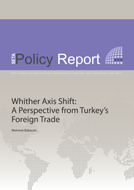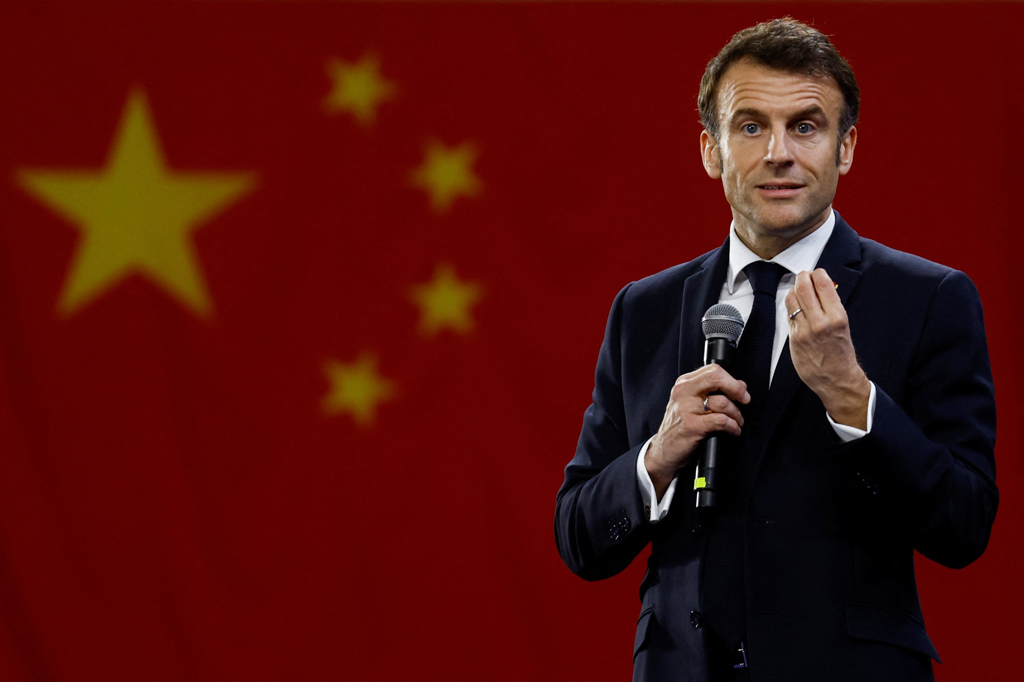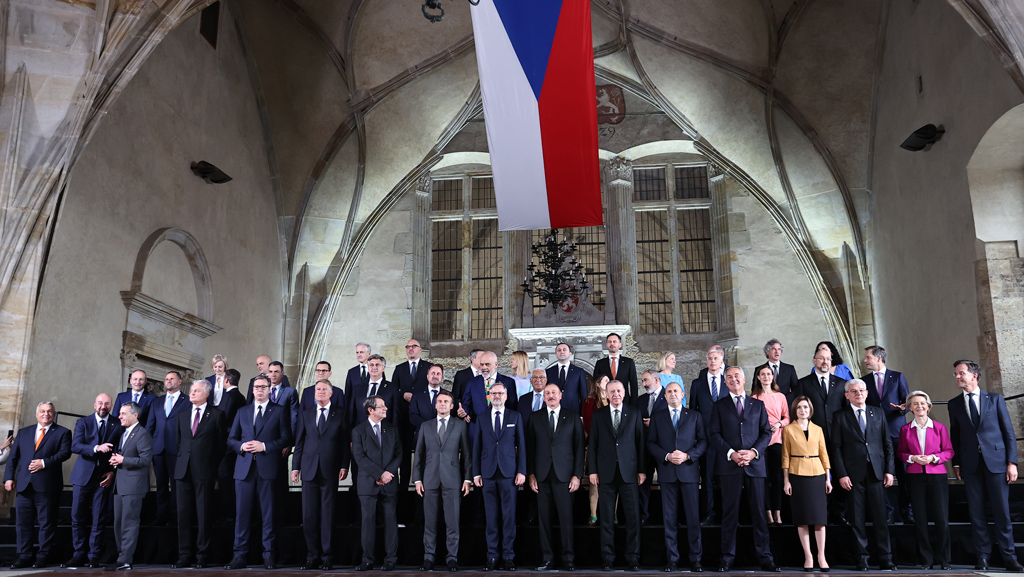Changing patterns or direction in Turkey’s exports and imports could serve as a well-qualified parameter in order to assess the so-called shift in the country’s orientation.
Whither Axis Shift: A Perspective from Turkey’s Foreign Trade
The ongoing debate on Turkey’s so-called axis shift could well be analyzed through a foreign trade perspective. Therefore, our analysis will discuss Turkey’s changing direction, if any, in terms of its trade orientation, i.e. trading partners, relative trade shares and changes in import-export volumes, and domestic structural changes in trading goods with regards to the global shifts in world trade. Foreign trade by itself does not possess full explanatory power in defining country-wide, regional or global economic orientation while international investments and financial movements have equally significant importance in that regard. Still, it accounts for an important portion of defining a country’s economic performance and orientation. Whether measured by total trade volume or exports only, the role of foreign trade in growth is evident for many countries. Changing patterns or direction in Turkey’s exports and imports could therefore serve as a well-qualified parameter in order to assess the so-called shift in the country’s orientation. With that regards, a more competitive and stronger industrial sector along with an increasingly effective commercial service sector indicate an upgrade in the foreign trade structure of countries. A more diversified trading pattern both in terms of goods and destinations is also elusive for an open economy.
For Turkey, in particular, the strength of the export sector is observed to gain much from the increasing efficiency in the modes of production as well as diversified trade zones and countries within the last decade while still bearing the prolonged structural problems inherited from the early Republican era. Structural issues such as import dependency in intermediate goods or lack of quality of labor in key sectors due to the deficiencies in human capital will not take the center stage as the key point highlighted in this study is that Turkey has adapted a new multi-dimensional approach in foreign trade while remaining within the boundaries of the global paradigm in post-Washington consensus period.
The report underlines the fact that Turkish trade sector has maintained its long-standing direction towards the major European Union (EU) member countries with only minor setbacks while new dimensions in bilateral trade have emerged not only due to the changing foreign policy considerations in Turkey but also the turn of the tide in global economy within the last decade. Several indicators such as the worldwide expansion of Turkish Airlines operations or the visa-free travel to numerous countries which have connected new Turkish business elite to the rest of the world under the Justice and Development Party’s (AK Party) term depict the new face of Turkey’s foreign trade policy clearly. All in all, the report argues that Turkey’s trade partners are subject to change as the whole global economy shifts, i.e. to the East.
In the first section, a brief introduction to modern Turkey’s foreign trade in a historical perspective will be provided. The second section will analyze the changing structure in the country’s foreign policy with special reference to foreign trade in the last decade, particularly during the AK Party’s ruling term (2002-2010), regarding the aforementioned dimensions. Third section will discuss the scope of regional and worldwide changes in trade patterns and analyze the recent shift in










